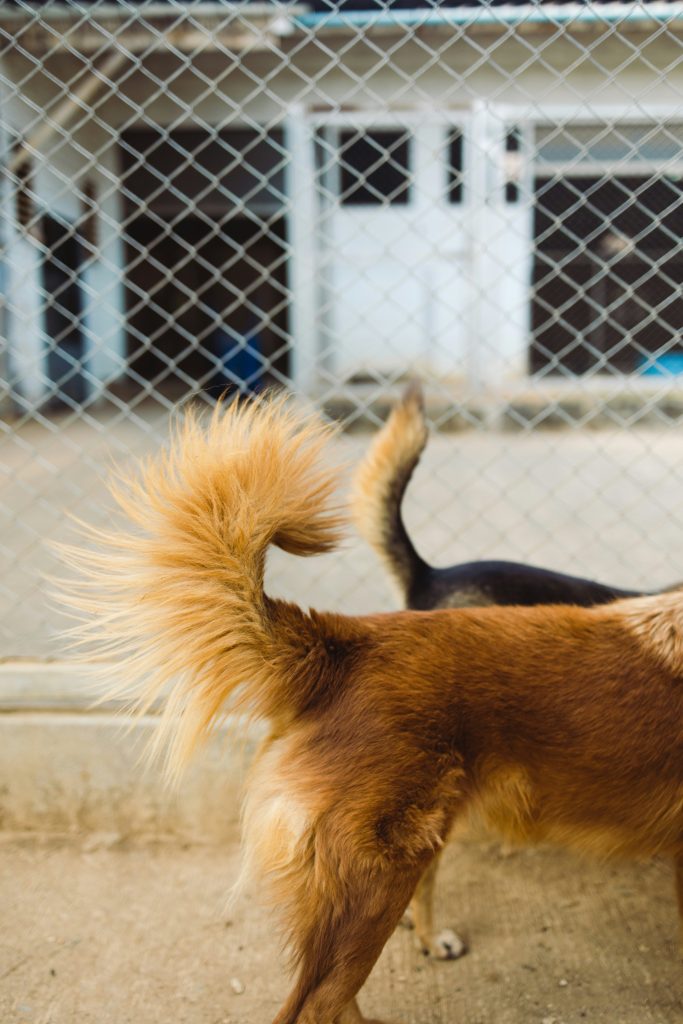The Tail as a Canine Mood Ring: How Dogs Use Their Tails to Communicate
Keywords: dog tail communication, why do dogs wag their tails, dog body language, understanding dog behavior
Understanding Tail Talk: More Than Just a Wag
Dogs may not speak human languages, but their tails say a lot. As one of the most expressive parts of a dog’s body, the tail serves as a crucial communication tool. From joy to fear, excitement to uncertainty, a dog’s tail is constantly broadcasting their emotional state.
Not All Wags Mean the Same Thing
Contrary to popular belief, not every tail wag is a friendly one. The position, speed, and direction of the wag all contribute to its meaning:
- High, stiff wag: A sign of alertness or potential aggression.
- Low, slow wag: Often indicates nervousness or insecurity.
- Tucked tail: A clear signal of submission, fear, or stress.
- Full-body wag: Typically means your dog is excited and happy.
The Left and Right Wag Theory
Interestingly, studies have shown that the direction a dog wags its tail can also tell us how they’re feeling. A wag that favors the right side of the body usually reflects positive emotions, while a wag toward the left side may indicate uneasiness.
Reading Tail Language
Learning how to read your dog’s tail language can help you become a more empathetic and effective pet parent. It allows you to understand your dog’s needs and moods, strengthen your bond, and prevent potential behavioral issues.
Final Thoughts
Next time you interact with a dog, pay attention to their tail—it’s doing a lot more than just wagging. Understanding tail communication can enhance your relationship and make your home a happier, more harmonious place for your furry friend.


